By: Ranier Simons, ADAP Blog Guest Contributor
Christmas has come early in Tennessee. December 2023 began with a victory in the fight against HIV criminalization in the Volunteer State. As a result of complaints filed by the Center for HIV Law and Policy (CHLP), the U.S. Department of Justice found that Tennessee’s enforcement of its aggravated prostitution statute violates the Americans with Disabilities Act (ADA) by specifically targeting people living with HIV (PLWHA). CHLP hailed the decision, "CHLP Made the Call and the DOJ Answered."
According to the Centers for Disease Control & Prevention (CDC), 35 states currently have laws that criminalize HIV exposure, which fall into several categories. They are either HIV-specific laws regarding actions that can potentially result in HIV exposure, sexually transmitted disease (STD) or communicable disease exposure laws that could include HIV, general criminal statutes that could be used to define actions that could possibly cause HIV or STD exposure, or laws that enhance sentences for certain crimes when committed by PLWHA.[1] Tennessee’s aggravated prostitution statute falls into the sentence enhancement category.
Tennessee enacted its aggravated prostitution statute in 1991. Prostitution in the state, in general, is only a misdemeanor crime. However, the aggravated prostitution statute converts it to a Class C Felony if the person convicted is HIV positive. Conviction of a Class C felony means the possibility of imprisonment from three to fifteen years and up to a $10,000 fine.[2] Conviction of prostitution by someone without HIV is only a Class B misdemeanor, which could result in up to only six months in jail and up to a $500 fine.[2] Additionally, aggravated prostitution convictions require registering with the Tennessee Bureau of Investigations as a sex offender.
To add insult to injury, in 2010, aggravated prostitution was reclassified as a violent sexual offense. This means that those convicted must stay on the sexual offender registry (SOR) for life. Previously, they were able to petition to be removed after ten years.[2] Moreover, an aggravated prostitution conviction makes one ineligible for judicial diversion. Judicial diversion is when first-time offenders are allowed to enter what equates to a conditional guilty plea. If they plead guilty and fulfill the conditions of a court-defined special probation period, their charges are dismissed, and their records are expunged.[2]
The Americans with Disabilities Act defines HIV/AIDS as a disability because it can significantly hinder life activities. PLWHA are protected whether they are symptomatic or not, and those protection were reaffirmed in Bragdon v. Abbott, 524 U.S. 624 (1998). Protection under the ADA means guaranteed “equal opportunity for individuals with disabilities in public accommodations, employment, transportation, State and local government services, and telecommunications…also protects persons who are discriminated against because they have a record of or are regarded as having HIV, or they have a known association or relationship with an individual who has HIV”.[3] All of those guarantees are denied to those convicted under the aggravated prostitution statute, which subjects those convicted to undue hardship in many aspects of their lives.
 |
| Photo Source: POZ Magazine |
Being on the sexual offender registry significantly affects where people can live, work, or be present in public. You may not work or live within 1,000 feet of any school, childcare facility, public park, or playground.[2] Simply being on the premises of these areas is also prohibited unless you have an express reason for being there, such as being the parent of a child at a specific place. An individual on the SOR cannot take their child to a public park to play. However, they can retrieve their child from school only if they give written notice to the school in advance that they are a registered sex offender.[2] The SOR denies people the ability to spend time with children in their families. One example is a grandparent who is on the SOR and cannot spend time alone or babysit their grandchild because they are prohibited from being alone with minors.
A lifetime registry on the SOR facilitates long-term discrimination and even homelessness. Landlords run background checks and frequently won't rent to anyone on the SOR. Once on the SOR, a person’s personal information becomes publicly available. The publicly searchable Tennessee Bureau of Investigations (TBI) SOR website lists all sorts of data such as photos, ages, names, addresses, parole information, school and work addresses, unrelated criminal history, and more. Furthermore, the website enables visitors to click on the statutes for which one has been convicted. Thus, seeing that someone is convicted under the aggravated prostitution statute means public exposure of their HIV status. This leaves a person vulnerable to hate crimes, housing and employment discrimination, and mental stress from living with their life on display.
The DOJ investigation revealed that Shelby County in Tennessee had the highest enforcement rate of the aggravated prostitution statute. In 2022, Shelby County was the residence of 74% of people on the SOR for aggravated prostitution while housing only 13% of the state’s population.[2] Also, over 90% of those aggravated prostitution arrests were Black, with a large number being Black women, both cisgender and transgender.[2] The SOR further oppresses marginalized individuals financially. Many of those convicted are low-income, making the annual $150 mandatory fee for being listed on the SOR a hardship. Additionally, being on the SOR requires reporting in person four times a year to update registration.[2] Failure to do so results in a violation, which could result in jail time.
DOJ detailed multiple legal remedies to the ADA violations to both the state government and specifically the Shelby County District Attorney General’s Office (SCDAG). The list for the SCDAG includes stopping the enforcement of the statute, including probation violations related to violations of SOR reporting requirements, creating a protocol for vacating aggravated prostitution convictions, and educating all SCDAG attorneys about HIV and the nondiscrimination requirements of Title II of the ADA.[2]
 |
| Photo Source: CDC |
For the state, DOJ’s recommendations include ceasing the enforcement of the statute, using the TBI to remove people on the SOR who are there solely due to aggravated prostitution convictions, expunging all state records showing that those with aggravated prostitution convictions were ever on the SOR, and paying compensatory damages (SOR fees, court costs and fines, bonds, etc.) to those who were victims of the statute.[2,5] One very notable recommendation to the state is to notify all those who have been removed from the SOR and whose references to their convictions have been removed.[2] Not only is it legally empowering to have documentation in hand, but it is also mentally empowering to have confirmation of reclaiming control over one’s life.
The aggravated prostitution law is predatory to vulnerable populations and is not based on science, according to our government's highest law enforcement institution. It is draconian, according to advocates. Since 1991, advances in antiretroviral therapy have come a long way and it has opened the door to "treatment as prevention" (TasP) and "undetectable equals untransmittable" (U=U). Laws need to reflect these advances.
S. Mandisa Moore-O’Neal, CHLP Executive Director, states, “The implications of the DOJ’s findings are far-reaching. This not only puts the state of Tennessee on notice that this is a serious issue, but it also serves as notice to other states with similar HIV criminal statutes.”[4] Regarding the future continuation of the fight against HIV criminalization, she also says, “This is also an opportunity for other state coalitions organizing and educating around HIV criminalization to leverage these findings with lawmakers. When many state budgets are already tight, the possibility of new and often costly litigation may be the impetus to change these laws.”[4]
Jen Laws, President & CEO of the Community Access National Network applauded the decision, "This is an excellent development in implementing the ADA and affording protections to people living with HIV. We owe a debt of gratitude to our friends at CHLP for exploring this legal argument. DOJ's Civil Rights Division has room to expand on this work in other areas affecting people living with HIV and the legal system. From enforcement of medication access for incarcerated and jailed persons to enforcement of these same protections in family courts, our people face discrimination when interacting with our legal system and that needs to change."
In today’s political climate, many lawmakers either do not care about the adverse effects flawed laws have on marginalized communities or feel the consequences of the laws are somehow deserved due to their personal ideologies. Challenging the aggravated prostitution law by showing how it violates the ADA is a perfect example and blueprint of how to fight legalized oppression by using legal statutes that cannot be ignored. When one cannot change the system, it’s empowering to find ways to use the existing system to one’s advantage. Chalk-up a big win for CHLP...and PLWHA in Tennessee.
[1] Health Resources and Services Administration. (2023, September). Ryan White HIV/AIDS Program AIDS Drug Assistance Program (ADAP) Annual Client-Level Dat1) Centers for Disease Control. (2023). HIV and STD Criminalization Laws. Retrieved from https://www.cdc.gov/hiv/policies/law/states/exposure.html#:~:text=As%20of%202022%2C%2035%20states,categorized%20them%20into%20four%20categories.
[2] U.S. Department of Justice Civil Rights Division. (2023, December 1). The United States’ Findings and Conclusions Based on its Investigation of the State of Tennessee and the Shelby County District Attorney General’s Office under Title II of the Americans with Disabilities Act, DJ No. 204-70-85. Retrieved from https://www.justice.gov/d9/2023-12/2023.11.30_tn_hiv_lof_final.pdf
[3] U.S. Department of Justice Civil Rights Division. (2023). Protecting the rights of persons living with HIV/AIDS. Retrieved from https://archive.ada.gov/hiv/ada_hiv_brochure.html
[4] Center for HIV Law and Policy. (2023, December 1). News Release: CHLP Made the call and the DOJ answered. Retrieved from https://www.hivlawandpolicy.org/news/news-release-chlp-made-call-and-doj-answered
[5] Kruesi, K. (2023, December 1). Tennessee’s penalties for HIV-positive people are discriminatory, Justice Department says. Retrieved from https://apnews.com/article/justice-department-hiv-tennessee-6cda4a9170dfbe46bd8d8f6af91f76cd



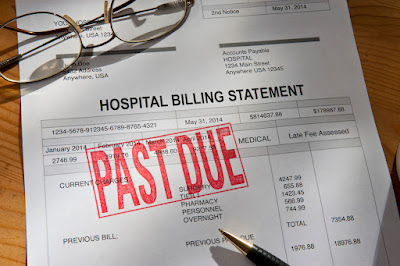





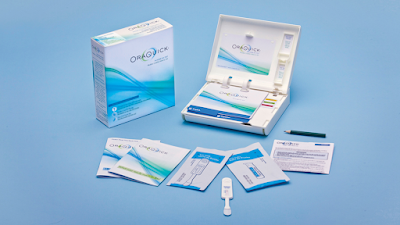
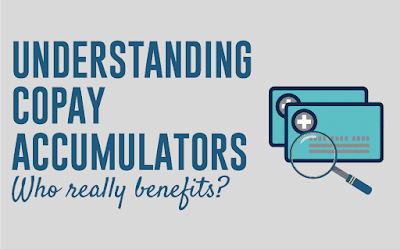



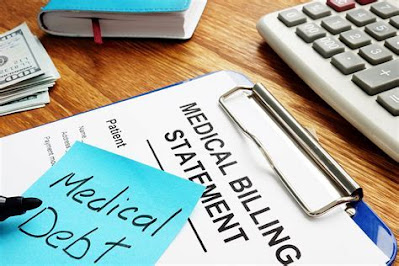




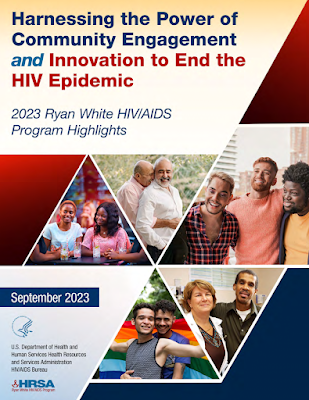
.png)

